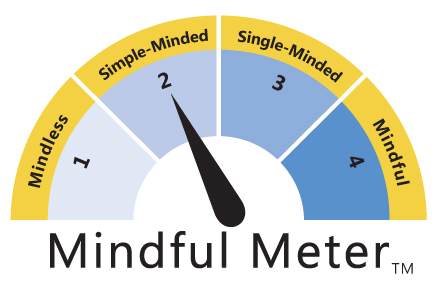By Keith Quesenberry, Assistant Professor of Marketing, Messiah College
Years ago as an advertising copywriter I faced a decision about how to include diversity in an ad. We were working on a new campaign for one of our agency’s biggest accounts, which was merging with another company. Our idea for the campaign was to use the sport of rowing, or crew, as a metaphor: Two 4-person rowing boats would form a new 8-person boat, representing the two companies joining forces and moving forward together.
In the TV commercial and print ads we cast diverse talent that represented the real make-up of the company and the community that it served. However, the first launch ad had a tight deadline scheduled to run before our photo shoot. This timing forced us to use stock photography, but the only pictures of crew we could find featured all white men. Our client asked us to photoshop diversity into the ad by darkening the skin of some of the people in the boat.
My art director and I said “no” right away and the rest of the ad agency supported this decision. We ran the first ad with the stock photo as is, but made sure the rest of the campaign featured our new, more diverse photos. Did we make the right call? Would anyone photoshop diversity into an ad? An on-line search produced some examples.
In 2000, University of Wisconsin officials added the face of an African American student to an existing photo of students at a football game for the cover of their application brochure. The actual student, Diallo Shabazz, was surprised because he never attended a football game (see photos above).
In 2009, an American Petroleum Institute pamphlet appeared to show oil and gas industry employees as racially diverse. However, when people looked up the original stock photo it revealed that the heads of two white men were altered to make them appear non-white.
To be honest, I wasn’t thinking about theory when we said no to darkening the skin of a white person in a stock photo. It simply felt wrong. Yet, in the examples I found there are various levels of photoshopped diversity from darkening skin and replacing heads to casting staged photos and group photos digitally made from many sources.
Is this Mindful Marketing? In the end I believe, photoshopping diversity into advertising imagery is “Simple-Minded Marketing.” The goal may be noble, but advertisers are taking the quick and easy way out instead of capturing real and genuine diversity at events or setting up new photo shoots to represent real people. The one caveat is that this approach can turn into “Mindless Marketing” if the images of diversity don’t match reality. Staging diversity with paid actors who do not reflect actual diversity could become false advertising if that untrue promise of diversity influences a purchase decision.
Learn more about the Mindful Matrix and Mindful Meter.
Check out Mindful Marketing Ads and Vote your Mind!









 RSS Feed
RSS Feed